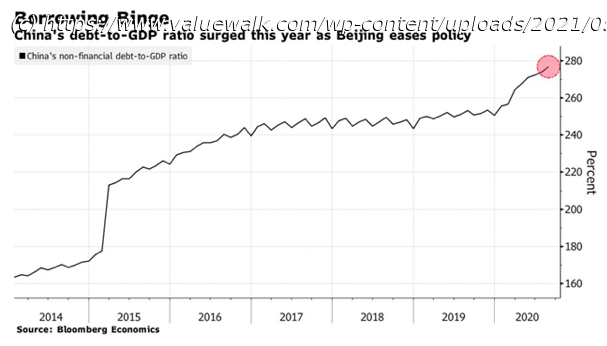It now seems certain that China will someday surpass the U.S. in GDP, but bear in mind that they have four times as many people
Now let me return to last week’s big question – Who will “win” the 21st century? When you compare raw numbers, you have to ask: What good does it do for America to grow 5% or 6% a year if China can grow 10% to 12% a year? It now seems certain that China will someday surpass the U.S. in GDP, but bear in mind that they have four times as many people – so their per capita GDP would still be 75% below ours. Q1 2021 hedge fund letters, conferences and more These kinds of questions deliver a huge wave of “Déjà vu” to me. In the 1980s, it seemed like everyone was saying Japan would pass the U.S. by the year 2000. There was an essay written, “Japan’s Feet of Clay,” predicting their ultimate fall. Another article “Japan’s New Role in Asia,” before Japan’s rise, foresaw its fall, based on demographic flaws (few children, fewer immigrants), vertical (closed) corporate zaibatsu, and huge debt: Japan now has a 230% debt-to-GDP ratio, and an economy addicted to zero-interest loans. Will China fall to some of these same “feet of clay” flaws in the future? I think so. Like Japan, and our own growth recently, too much of China’s growth is financed by debt and an outpouring of cash from the central government. In fact, the government there is far more over-extended than ours, and they are skating on far more speculative ice when it comes to financing their state-owned enterprises (S.O.E.s). China is flirting with a 300% debt-to-GDP ratio in an economy far more fragile than ours, especially since Xi Jinping launched the costly “Belt and Road Initiative” in 2013. Bloomberg has been charting China’s debt leverage since 2014: It has clearly risen during the pandemic of 2020 – its greatest surge since 2015: Graphs are for illustrative and discussion purposes only. Please read important disclosures at the end of this commentary.






